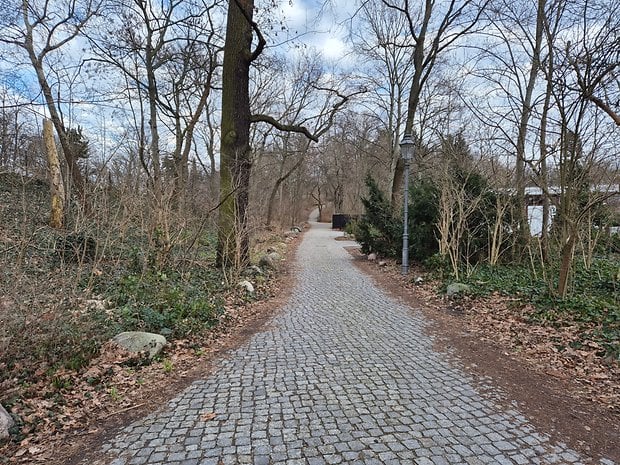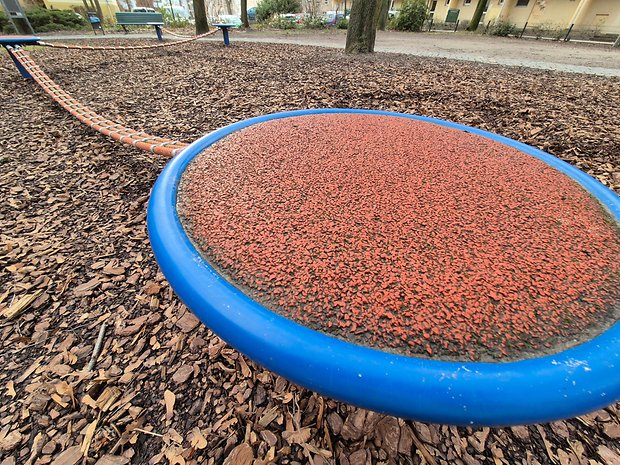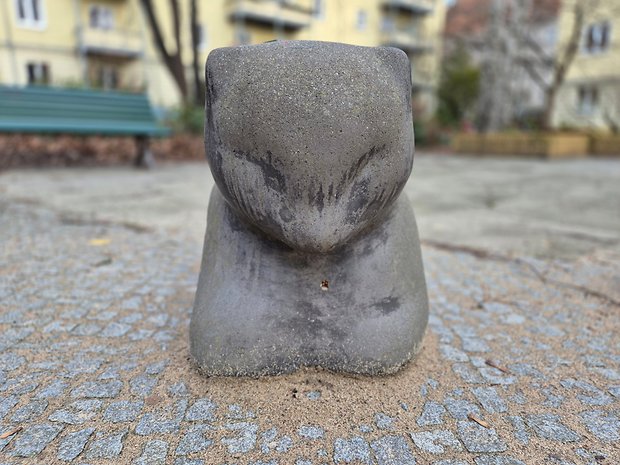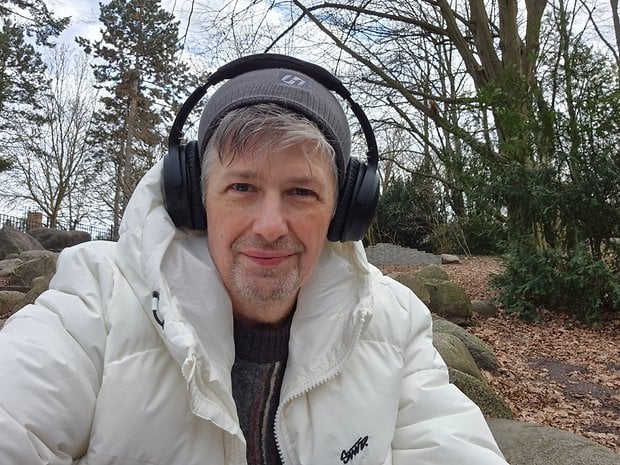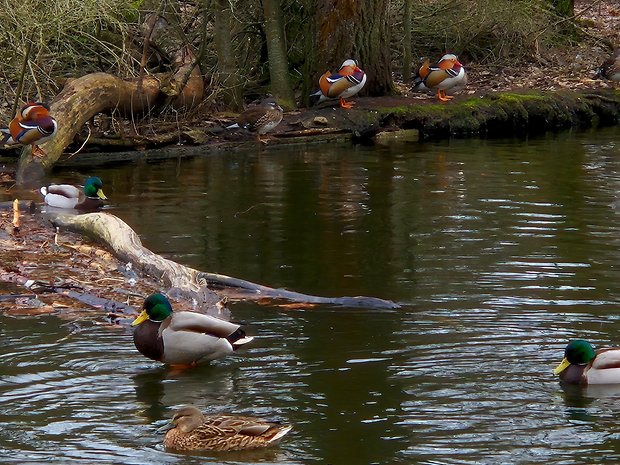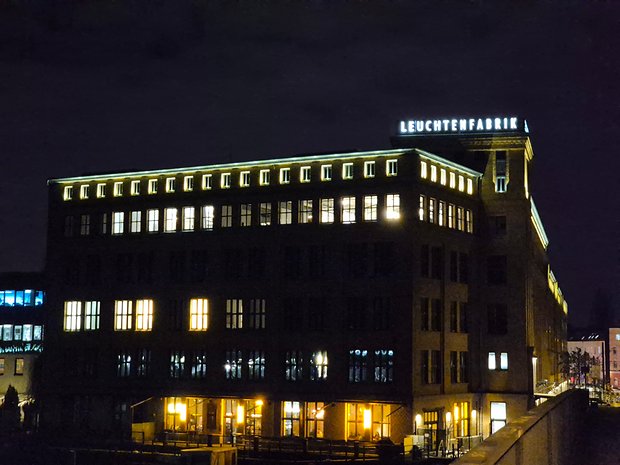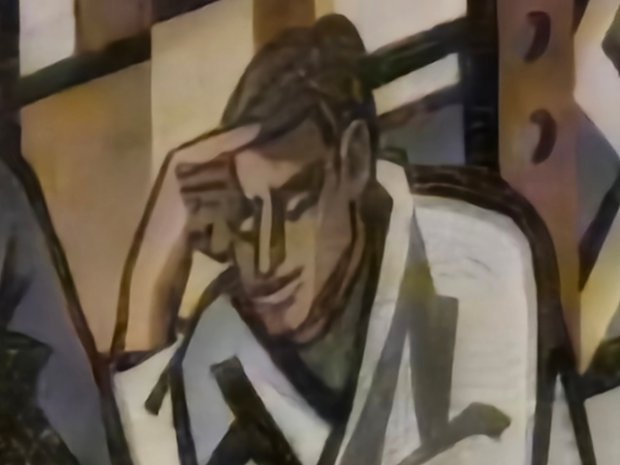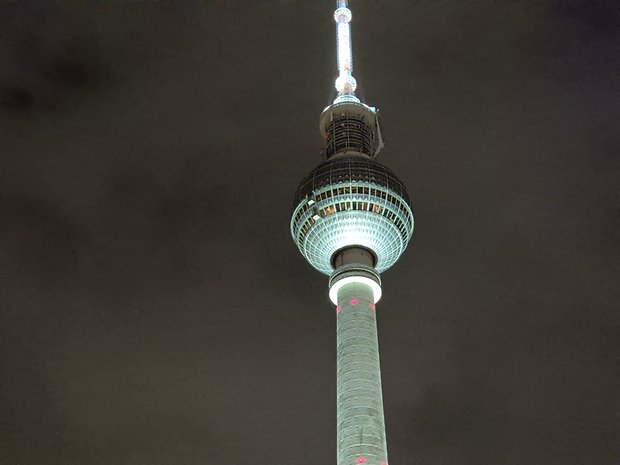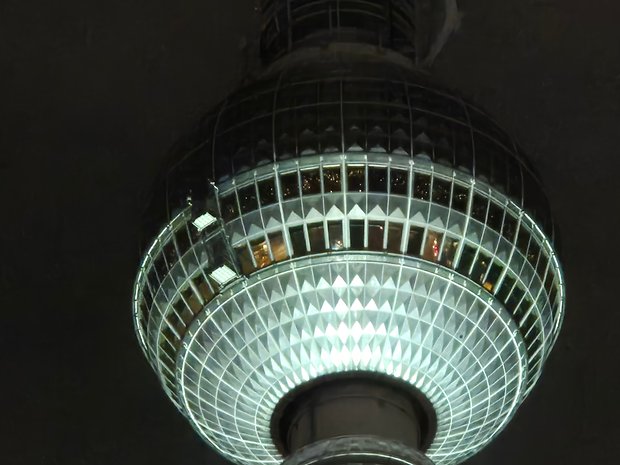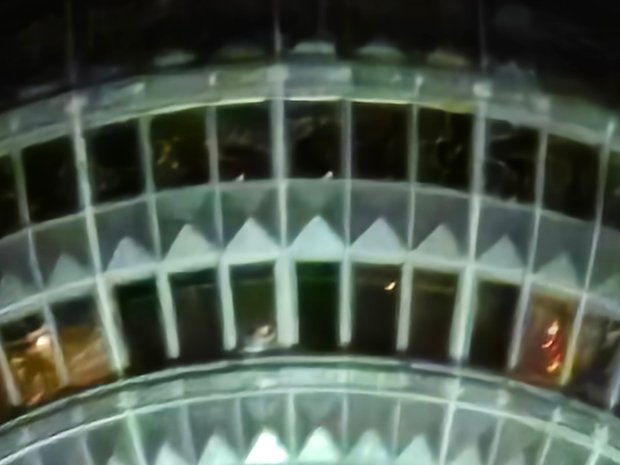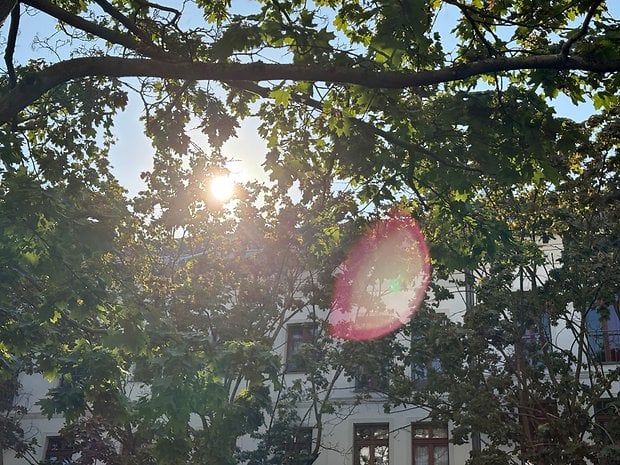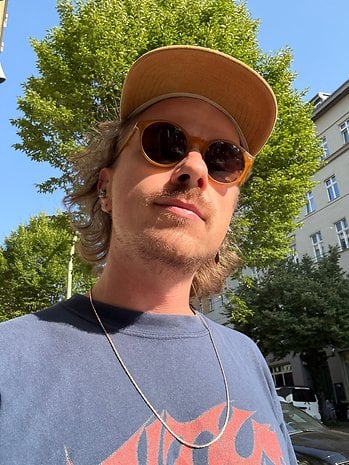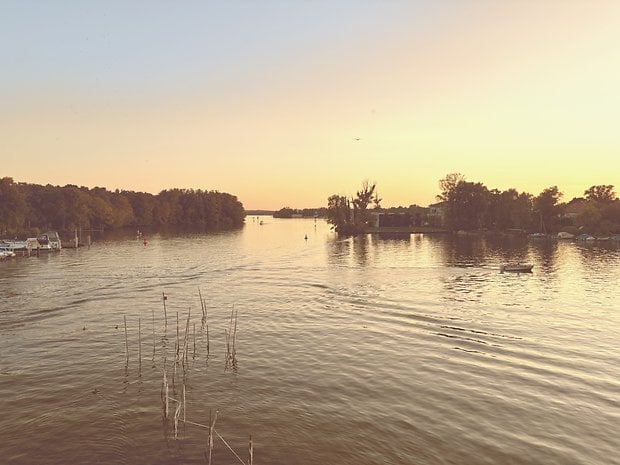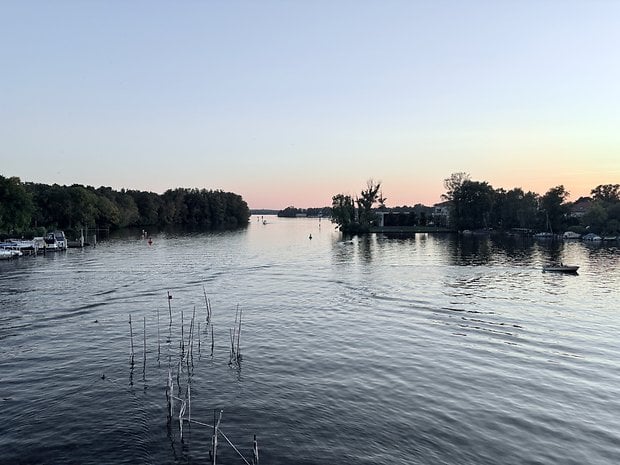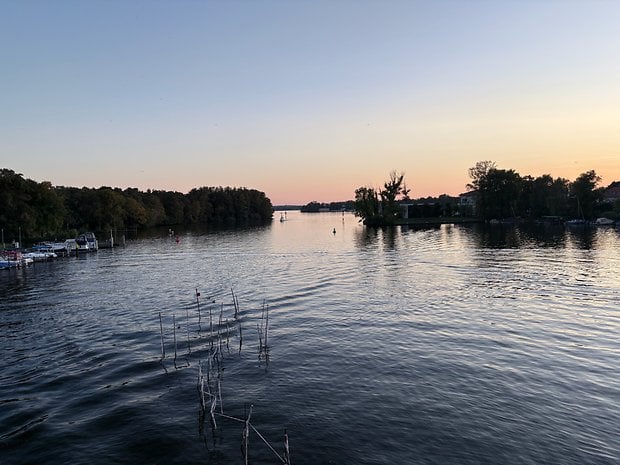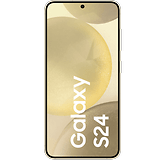Apple iPhone 16 vs. Samsung Galaxy S24(+): Duel of the Smartphone Giants

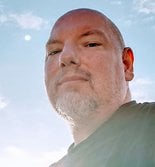
The Samsung Galaxy S24 and its Plus variant went on sale at the beginning of 2024. Can Samsung's smartphones compete with the brand-new Apple iPhone 16 and 16 Plus? We compared smartphones from both technology giants, pitting their hardware, AI capabilities, software, and prices. Here's our major nextpit comparison!
Following the launch of the iPhone 16 in September 2024 and Samsung's unveiling of the Galaxy S24 FE (hands-on), both the Apple iPhone 16 series and the Samsung Galaxy S24 series are now complete. In our comparison, we will focus on the base model and its bigger Plus sibling. As always, we'll begin with the technical specifications but if you prefer, you can skip straight to the desired section from the table of contents:
Technical specifications: iPhone 16, 16 Plus, Galaxy S24 and S24+ compared
| Apple's 2024 Plus model | Apple's 2024 base model | Samsung's 2024 Plus model | Samsung's 2024 base model | |
|---|---|---|---|---|
| Device | ||||
| Image | 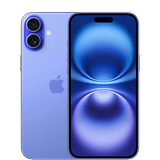 |
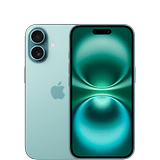 |
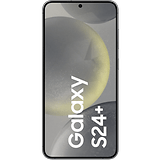 |
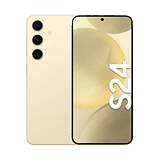 |
| Rating |
|
|
|
|
| Price (RRP) |
|
|
|
|
| Display |
|
|
|
|
| SoC |
|
|
|
|
| Storage |
|
|
|
|
| OS |
|
|
|
|
| Camera |
|
|
|
|
| Selfie camera |
|
|
|
|
| Battery |
|
|
|
|
| Connectivity |
|
|
|
|
| IP certification |
|
|
|
|
| Dimensions and weight |
|
|
|
|
| Offers* |
|
|
|
|
Price and availability
The Galaxy S24 series has been on sale since the end of January 2024, while Apple followed suit with new iPhones in September. It is striking both manufacturers continue to roll out smartphones with an entry-level memory size of 128 GB. Only the S24+ starts at 256 GB. My recommendation to both parties for 2025? Forget about 128 GB!
- Be sure to take a look: Samsung vs. Apple — Which smartphones can do more?
In terms of RRP, Samsung and Apple's cheapest option are on par with an asking price of $799. The same goes for the Plus models. When it comes to storage capacity, then $,1099 gets you an iPhone 16 with 512GB while the Galaxy S24 lacks that option. Take a look at the recommended retail prices in the table below:
| Apple iPhone 16 | Apple iPhone 16 Plus | Samsung Galaxy S24 | Samsung Galaxy S24+ | |
|---|---|---|---|---|
| 128 GB | $799 | $899 | $799.99 | - |
| 256 GB | $899 | $999 | $859.99 | $999.99 |
| 512 GB | $1,099 | $1,199 | - | $1,299.99 |
We can currently find a significantly lower RRP for the two S24 devices on Samsung's website: The Galaxy S24 is now officially available from $779.99. It gets even cheaper when we look at street prices. This is because both handsets having been around for a while now and Android devices tend to experience a higher price drop compared to Apple.
Design and display
Design
Visually, we are dealing with two duos that essentially only differ in size: Samsung offers us the choice between 6.2-inch and 6.6-inch displays, while Apple's iPhones are 6.1 and 6.7 inches. Samsung offers its models in Sapphire Blue, Jade Green, Sandstone Orange, Cobalt Violet, Amber Yellow, Onyx Black, and Marble Gray colors. The iPhones are available in Ultramarine, Teal, Pink, White, and Black.

You can expect top-notch workmanship and a high-quality materials across all four devices. Samsung uses Armour aluminum for the frame and opted for Corning Gorilla Glass Victus+ in front and at the back. Apple also relies on the combination of a glass back and aluminum frame, but naturally chose a fancy name for the material it uses: "Ceramic Shield".
While Samsung changed virtually nothing on the outside, the iPhones feature two new buttons. One is the Action Button, which was introduced on the Pro models last year, and the other is the so-called Camera Control, a new control element that has so far divided opinion. Another striking feature of Apple is how the two camera sensors are no longer arranged diagonally, but one is located below the other.

The iPhones are each three grams heavier than their Samsung counterparts. What is particularly interesting about the dimensions is how the S24, at 6.2 inches, is even slightly slimmer, thinner and lighter than the iPhone 16 with its 6.1-inch display.
Display
I don't want to say much about the displays. One, everything you need to know is in the technical specifications above. Secondly, I think it's cheeky of Apple to expect us to pay a lot of money for a middling refresh rate of 60 Hz. Some China-brand laptops that retail for less than $300 have long been able to offer a 120 Hz refresh rate, so Apple is able to offer this without any effort. Apart from that, both manufacturers naturally use world-class panels, so apart from the mentioned refresh rate, there is nothing to criticize Apple for.
Performance and SoC
When it comes to performance, we don't really need to look at benchmark tests. Apple's SoCs regularly run circles around the competition's smartphones and Samsung also relies on its own Exynos 2400 chipset, which we know performs somewhat poorer than the Snapdragon 8 Gen 3, for instance. Nevertheless, let's take a look at how the Samsung SoC and the Apple A18 performed in the benchmarks:
| Galaxy S24 (Exynos 2400) |
Galaxy S24+ (Exynos 2400) |
Apple iPhone 16 (Apple A18) |
|
|---|---|---|---|
| 3DMark Wild Life Extreme Stress Test |
|
|
|
| Geekbench |
|
|
|
Unfortunately, we have not yet been able to review the iPhone 16 Plus, but we expect its performance to be just as good as the iPhone 16's. Apps load very quickly, everything runs smoothly, the way it should. On the S24+, we noticed a noticeable build-up of heat on the Exynos 2400 during longer gaming sessions, which was accompanied by thermal throttling. The results of the S24 were even lower than those of the Plus model. It is also annoying that the Exynos chipsets are less energy-efficient.
Although the S24+ with 12 GB RAM has significantly more working memory than the iPhones with their current 8 GB RAM, Apple secured points for victory in this category. Even the S24, as a basic model, has to make do with 8 GB. I found it unpleasant that three of the four models compared only offer 128 GB of memory as the minimum configuration, but the height of cheekiness is how Samsung even still uses the outdated UFS 3.1 standard in the S24.
When it comes to connectivity, Apple also has a razor-thin lead, because although all four smartphones rely on Bluetooth 5.3, with the iPhones already supporting Wi-Fi 7 instead of Wi-Fi 6E.
Camera quality
Both iPhones boast improved camera sensors for the ultra wide-angle, including a better aperture. Superior macro images are now also possible with this sensor. With the 48 MP main camera, however, everything remained the same. The vertical orientation was designed to enable immersive photos and videos. If you are one of the few people already using an Apple Vision Pro, you will benefit from this.

Samsung sets itself apart from Apple with a third sensor. This means that in addition to the main camera with 50 MP and the ultra wide-angle camera with 12 MP, there is also a 3x telephoto lens at 10 MP resolution.

In reality, however, Samsung almost remained at a standstill, albeit at a high level for both models. Only when it comes to night shots do difficulties crop up, although with the S24+, this is essentially limited to the ultra wide-angle sensor. Apart from improvements in the ultra wide-angle sensor, the performance of Apple's smartphones remains almost unchanged compared to the previous year. Before I go on at length, I'll just let you take a quick look at the galleries:
Samsung Galaxy S24 photo gallery
Samsung Galaxy S24+ photo gallery
Apple iPhone 16 photo gallery
Since we're going to talk about the software next anyway, we should also briefly point out that both Samsung and Apple are focusing heavily on AI and that this is also reflected in improvements to the cameras. This means that you may be using a largely identical camera as the previous year, but still achieve better results or enjoy additional functions.
With Apple, this has been a bit of a flop in that Apple Intelligence has not yet been launched and you cannot yet make full use of the new Camera Control function.
Software
Let's talk about the elephant in the room at Apple: Apple Intelligence! Actually, this elephant is still invisible, because Apple launched the iPhone 16 with iOS 18, but without this new AI platform. This means that we will only be able to assess what has happened in terms of software and AI once it arrives on the devices. Unfortunately, we all know that we'll have to wait even longer for those living outside of the USA.
Samsung, on the other hand, didn't show any weakness with Android 14 and caused an AI sensation with the launch of Galaxy AI earlier this year. We discussed how useful we found these functions such as Circle to Search many times elsewhere. The fact is, you'll be using nice AI functions on the S24 models for a long time, while you'll still staring down the barrel at Apple in the medium term.
- Want to read more about Samsung's current skin? Check out our One UI 6 review
Whether you prefer One UI or iOS is probably a question of preference and ecosystem anyway, right? Hence, I don't assume the look of the interface could really influence a purchase decision in favor of the other operating system.
- Take a look: These are currently the best Samsung phones!
The question of how long I will be supplied with software updates is perhaps more exciting. iOS has always remained unchallenged and still supports many iPhone generations. iOS 18 is even compatible with devices such as the iPhone XR from 2018.
However, Samsung also made significant strides ains in recent years. Not only do the updates arrive more quickly than before, they are also available for a longer time The South Korean company promises seven years of Android updates and security patches!
Battery and charging
Comparing batteries is always difficult when iPhones are involved, I think. This is because Apple always quotes figures that no one can really assess, such as "22 hours of video playback" for the iPhone 16. In the review, my colleague Ben attests to the iPhone 16's very good battery life and faster charging speed.

We now know that the capacity of the iPhone 16 has actually increased by 212 mAh to 3,561 mAh. With the iPhone 16 Plus, we have reached 4,674 mAh, an increase of 291 mAh. Depending on the usage scenario, the battery lasts for more than two days. Even though charging is now faster, it annoys me a little that both Apple and Samsung are so far behind the charging speed of companies like Xiaomi or Realme.
Despite that, the Galaxy handsets have a charging speed of 25 W for the S24 and 45 W for the S24+. Battery capacity has also increased in each case, namely to 4,900 mAh for the S24+ and to a smooth 4,000 mAh for the South Koreans' base model. The benchmark test showed us how the S24+ lasts significantly longer with over 15 hours than the S24 with just over 13 hours in the PCMark battery test. Unfortunately, Samsung suffers from the fact that the built-in Exynos chip is less energy-efficient than its Snapdragon counterpart or the iPhone's silicon.
However, I don't want to crown a final winner here. Firstly, because we have not yet reviewed the iPhone 16 Plus and we are still waiting for Apple Intelligence, their AI platform that will most likely drain the battery even more.
Conclusion
Honestly? A conclusion only makes sense if you stand in the store and look at both smartphones from Apple and Samsung with an open mind. In fact, we are creatures of habit who have long since made up our minds. We are also pragmatic and will most likely go for the brand that fits better into our ecosystem when buying a new device.
However, if I had to name a winner, I would probably lean towards the smartphones from Cupertino. Samsung can't stand out from the competition in terms of either the cameras or the display, while Apple scored points for its performance and battery. Only in terms of software would I currently see Samsung in the lead, although I'm probably a little biased here.
- Should I get a different model? These are currently the best smartphones of 2024
Of course, the cheaper street prices also clearly speak in Samsung's favor but the downside is, the resale value suffers if you decide to get rid of it. However, you can get rid of your iPhone 16 or 16 Plus at a high price even after a year or two. As you can see, I'm undecided overall. That's because of all the points I've already listed, but not least because there are four really powerful smartphones here that you don't really have a chance of making a bad purchase by accident.
It is now my turn to ask: Who offers better smartphones for you, Apple or Samsung? Which of the four models do you have your eyes on?





